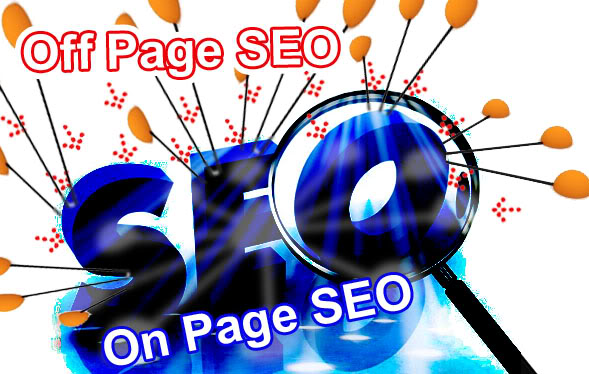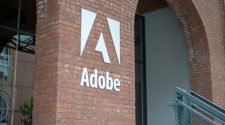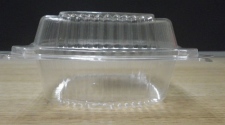Search rankings play an important role in shaping the popularity of your business. You’ll only be able to increase your sales and get a high marketing return on investment if your website has visitors. Fortunately, there are many effective tactics that can lead to higher online visibility and increased search engine friendliness. I had to research these tactics extensively when setting up my own website for my gym in Bedford.
Here are my top ten SEO techniques for web design to maximize the impact of your website.

1. SEO-Friendly URL
You must make sure that your URL is SEO-friendly. Use keywords that are related to your business. Avoid using long URLs, and if possible separate words using hyphens. The URL should give an idea of what your business is.
2. Optimize Images
To get a better ranking in search results, optimize your images as well as the text on your website. Don’t use large images as they make your site load slower. Make sure the image size is from 30 to 100 KB with a resolution of 72 dpi. When you create an alt image text, use keywords in the graphics, header images, logo images, and buttons on every page. In the end I opted to out source this to a marketing agency in Cambridge.
3. Be Responsive
Design for multiple devices (or responsive design) is what Google recommends. This kind of design allows your website to perform optimally on different devices. A responsive website has one URL for both the mobile and the full site. This means that you will have to drive links to a single URL instead of two. This is an easy way to increase the number of external backlinks count.
4. Quick Navigation
When designing your website, make sure the navigation is easy. Let users easily find what they are looking for when they land on your website. Put the navigation bar either at the top or along the left margin of the page.
5. Be Mindful of JavaScripts
Make sure that you do not use JavaScripts for your entire site design. Search engines crawl through websites to index them, so excessive use of JavaScripts will cause issues.
Another disadvantage of JavaScripts is that they do not work smoothly on mobile devices. You need to make sure the website is simple and easy to read for both search engines and users.
6. Fast Page Load Time
Page load time is an important aspect from a website visitor’s viewpoint. People are busy and don’t like waiting for a page to load. Mobile users on average only wait for five seconds for the page to load before they give up and move on, whereas desktop users wait only for three seconds for the page to load.

To reduce your page load time, be sure to minimize Javascripts, enable compression, use small images and browser caching.
7. Creating Sitemaps
Sitemaps have always been a part of best Web design practice. But, since the time when search engines first adopted sitemaps, they have become even more important. A sitemap, along with offering easy navigation and better search engine visibility benefits, informs the crawlers immediately about any change on your website so that the page is indexed faster. From an SEO point of view, you want to do away with a conventional sitemap and create an XML sitemap.
8. Relevant Keywords
Definitely, using the correct keywords is important, but you don’t want to overuse them. This will make your page look spammy. You can use the Google Keyword Tool to find out what your customers are searching for.
9. Anatomy of Page – The Visual Hierarchy
To fully capitalize on the assets discussed above, it’s important to understand the page structure. The correct positioning of text, images, and call to actions on the page is important not just from an SEO perspective but also for the user engagement level. A large number of people visiting your website and staying on it purely because it is neat and interactive is definitely going to get you into Google’s good books.
A good visual hierarchy will help you in separating out important elements from the less important ones. You’ll want to have a clear head identifying your company’s name and use the top quarter to communicate your key products, services or feature. An image slider helps in making the page more lively. Make sure you place the navigation bar at a place where users can easily locate it.
10. Social Media
We all know the power of social media and how highly they rank in search engine results. While designing your website, you can add social media buttons for your accounts on Facebook, Twitter, Pinterest etc.
















